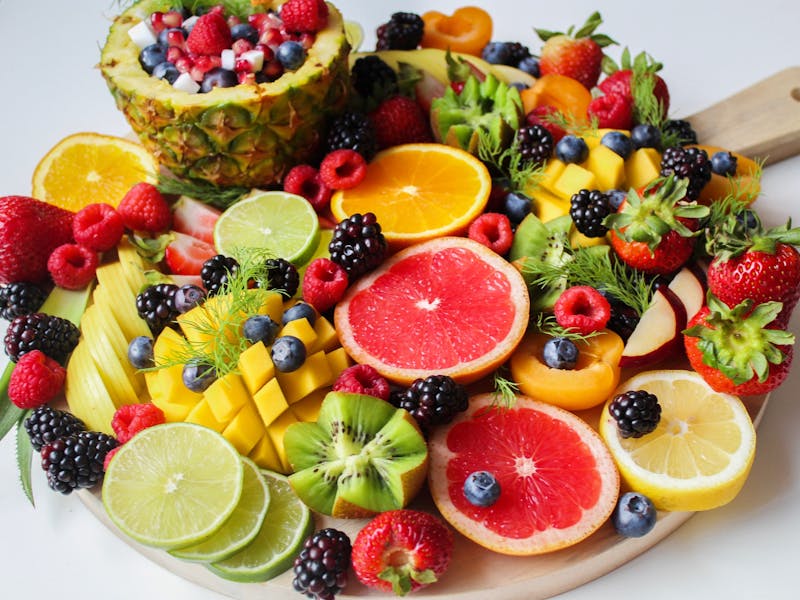Learn more about "eating the rainbow"

The concept of ‘eating the rainbow’ emphasizes the importance of including foods of different colors into your diet to maximize your nutrient intake. Colorful foods tend to contain an abundance of micronutrients (vitamins and minerals) and antioxidants that support your health in every aspect.
Let’s take a look at the components of eating the rainbow and the colors you need to focus on consuming to help ensure your nutrient intake is maximized.
Red: red fruits and veggies are packed full of vitamins A, C and E, as well as lycopene and anthocyanins. They include tomatoes, strawberries, and watermelon. These compounds contribute to heart health and may have anti-inflammatory properties.
Orange and yellow: orange and yellow foods like carrots, sweet potatoes, oranges and mangoes are often high in beta-carotene, which the body converts into vitamin A. This nutrient supports vision health, skin integrity and immune function.
Green: green vegetables and fruits, such as spinach, broccoli, kale and Brussels sprouts are known for their high fiber content. They also contain a high amount of vitamin K, potassium, folate, and magnesium, all of which are vital for a healthy body.
Blue and purple: fruits and vegetables like blueberries, blackberries and eggplants contain anthocyanins, which are potent antioxidants that protect cells from oxidative damage.